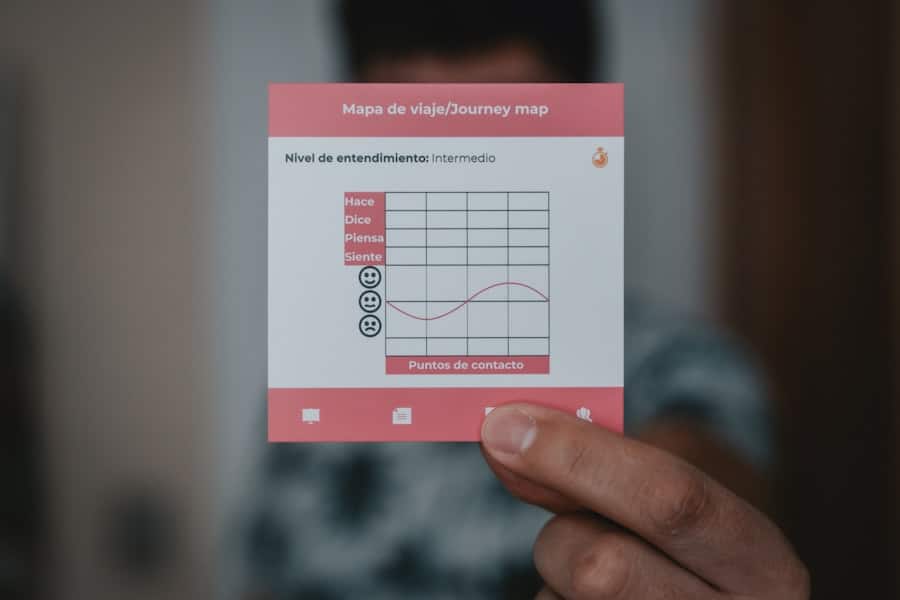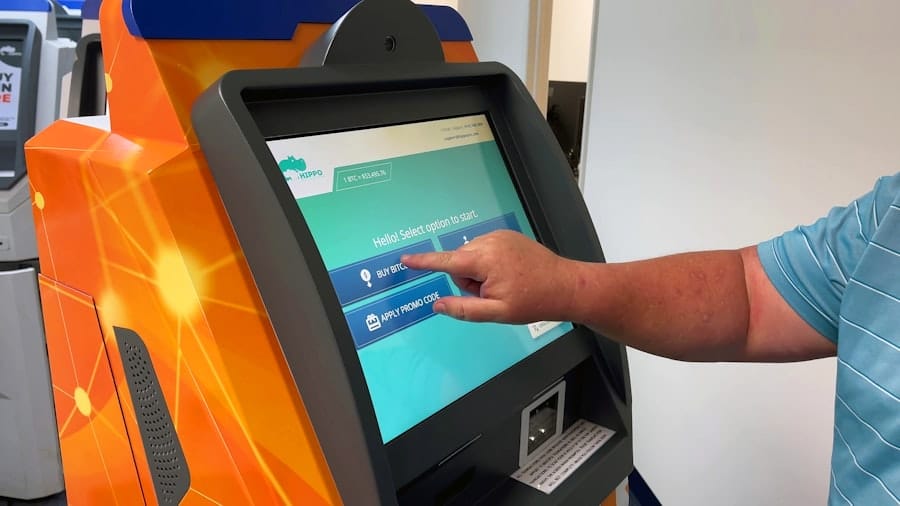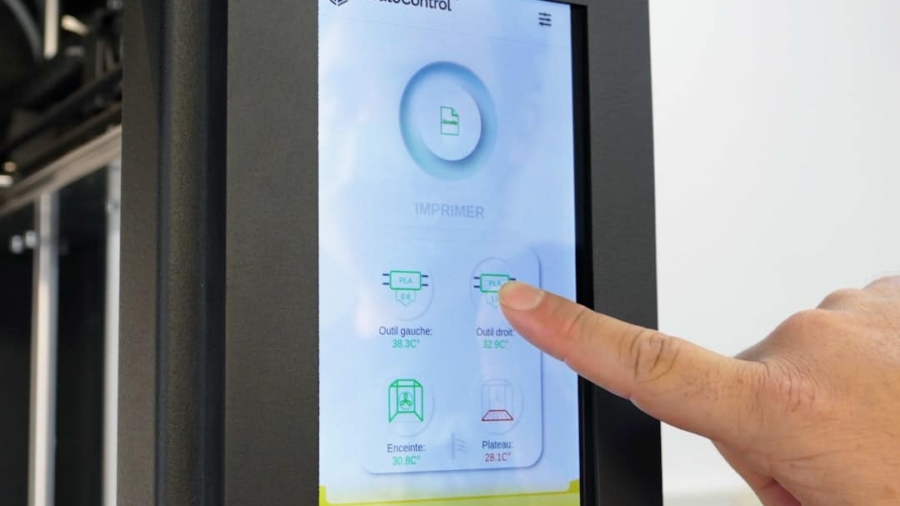The gaming industry has undergone a remarkable transformation over the past few decades, evolving from simple pixelated graphics and rudimentary gameplay mechanics to immersive experiences that captivate players on multiple sensory levels. One of the most exciting advancements in this evolution is the integration of real-time biometric feedback into gaming. This technology leverages physiological data—such as heart rate, skin conductance, and even brain activity—to create a more engaging and personalized gaming experience.
By tapping into the player’s biological responses, developers can craft games that adapt dynamically to the emotional and physical state of the player, thereby enhancing immersion and interactivity. Real-time biometric feedback is made possible through various wearable devices and sensors that monitor physiological signals. For instance, heart rate monitors can provide insights into a player’s excitement or stress levels during gameplay, while EEG headsets can gauge mental engagement.
This data can be used to adjust game difficulty, modify narrative elements, or even change environmental factors within the game world.
This innovative approach not only enriches gameplay but also opens up new avenues for storytelling and player agency.
Key Takeaways
- Real-time biometric feedback in games provides players with immediate physiological data, enhancing the gaming experience.
- Real-time biometric feedback can impact player experience by increasing immersion, engagement, and personalization of gameplay.
- Potential applications of real-time biometric feedback in gaming include adaptive difficulty levels, personalized game content, and health monitoring.
- Challenges and limitations of implementing real-time biometric feedback in games include technical constraints, data privacy concerns, and ethical considerations.
- The use of real-time biometric feedback in games raises ethical and privacy considerations, such as consent, data security, and potential misuse of personal information.
The Impact of Real-Time Biometric Feedback on Player Experience
Enhancing Emotional Experiences
For example, if a player is experiencing heightened anxiety during a horror game, the game could intensify sound effects or visual elements to amplify that fear, creating a more visceral experience. Conversely, if a player is becoming disengaged or bored, the game could introduce new challenges or narrative twists to recapture their interest.
Revolutionizing Multiplayer Interactions
Moreover, this technology can enhance social interactions within multiplayer environments. In competitive gaming scenarios, players’ biometric data can be shared among teammates to gauge collective stress levels or excitement, allowing for strategic adjustments in real-time. For instance, if a team notices that one member’s heart rate is spiking due to pressure during a critical moment, they might choose to rally around that player with supportive communication or tactical changes.
Fostering Emotional Awareness and Teamwork
This not only fosters teamwork but also creates a more emotionally aware gaming environment where players can respond to each other’s needs based on physiological cues.
The Potential Applications of Real-Time Biometric Feedback in Gaming

The potential applications of real-time biometric feedback in gaming extend far beyond enhancing individual player experiences; they also encompass various genres and formats within the industry. In role-playing games (RPGs), for instance, developers could use biometric data to tailor character interactions based on the player’s emotional state. If a player exhibits signs of frustration during a quest, non-playable characters (NPCs) could respond with more empathetic dialogue or offer helpful hints to alleviate the player’s struggles.
This level of responsiveness could lead to richer storytelling and character development, making players feel more invested in their virtual worlds. In educational gaming, real-time biometric feedback can be utilized to create adaptive learning environments. For example, games designed to teach complex subjects like mathematics or science could monitor students’ stress levels and adjust difficulty accordingly.
If a student becomes overwhelmed by challenging puzzles, the game could simplify tasks or provide additional resources to facilitate learning without causing frustration. This approach not only enhances educational outcomes but also promotes a positive learning experience by aligning challenges with individual capabilities.
Challenges and Limitations of Implementing Real-Time Biometric Feedback in Games
Despite its promising potential, the implementation of real-time biometric feedback in gaming is fraught with challenges and limitations. One significant hurdle is the variability of biometric responses among individuals. Factors such as age, fitness level, and even cultural background can influence how players react physiologically to different stimuli.
This variability makes it difficult for developers to create universally applicable algorithms that accurately interpret biometric data across diverse player populations. Consequently, games may risk alienating certain players if their experiences do not align with the intended design. Another challenge lies in the technical aspects of integrating biometric sensors into gaming platforms.
While wearable devices like smartwatches and fitness trackers are becoming increasingly popular, not all players have access to these technologies. Additionally, ensuring seamless connectivity between these devices and gaming systems can be complex and may require significant development resources. Furthermore, there is the issue of data accuracy; inaccurate readings could lead to misinterpretations of a player’s emotional state, resulting in gameplay that feels disjointed or frustrating rather than engaging.
The Ethical and Privacy Considerations of Using Real-Time Biometric Feedback in Games
The use of real-time biometric feedback in gaming raises important ethical and privacy considerations that must be addressed as this technology becomes more prevalent. One primary concern is the collection and storage of sensitive physiological data. Players may be hesitant to share their biometric information due to fears of misuse or unauthorized access.
Developers must establish transparent data policies that clearly outline how biometric data will be collected, used, and protected. Additionally, players should have control over their data, including options to opt-out or delete their information at any time. Moreover, there is the potential for exploitation of biometric data for commercial gain.
For instance, if developers analyze players’ emotional responses to specific game elements, they might tailor in-game purchases or advertisements based on those insights. This raises questions about whether players are being manipulated into spending more money based on their emotional vulnerabilities. To mitigate these concerns, ethical guidelines should be established within the industry to ensure that biometric feedback is used responsibly and with respect for players’ autonomy.
The Future of Real-Time Biometric Feedback in Virtual Reality and Augmented Reality Gaming

As technology continues to advance, the future of real-time biometric feedback in virtual reality (VR) and augmented reality (AR) gaming appears particularly promising. VR environments offer an unparalleled level of immersion, making them ideal candidates for integrating biometric feedback. For example, VR games could utilize eye-tracking technology alongside heart rate monitors to create experiences that respond not only to where players are looking but also how they are feeling at any given moment.
This could lead to hyper-personalized narratives where storylines shift based on players’ emotional engagement. In AR gaming, real-time biometric feedback could enhance interactions with the physical world by overlaying digital elements that respond to players’ physiological states. Imagine an AR game where characters react differently based on whether a player is calm or excited—this could create a dynamic interplay between the virtual and real worlds that heightens engagement and enjoyment.
Furthermore, as wearable technology becomes more sophisticated and accessible, we may see an increase in games designed specifically around biometric feedback, leading to entirely new genres that prioritize emotional engagement as a core gameplay mechanic.
The Role of Real-Time Biometric Feedback in Competitive Gaming and eSports
In the realm of competitive gaming and eSports, real-time biometric feedback holds significant potential for enhancing performance analysis and strategy development. Professional gamers often operate under immense pressure during tournaments, where every decision can impact their success. By monitoring physiological indicators such as heart rate variability or galvanic skin response during matches, coaches and analysts can gain insights into players’ stress levels and mental states.
Moreover, integrating biometric feedback into eSports broadcasts could revolutionize viewer engagement. Imagine watching a tournament where viewers can see players’ heart rates or stress levels displayed alongside gameplay footage.
This added layer of information would not only deepen audience engagement but also provide valuable context for understanding players’ decisions during high-stakes moments. As eSports continues to grow in popularity, leveraging real-time biometric feedback could enhance both player performance and spectator experience.
The Evolution of Gaming with Real-Time Biometric Feedback
The integration of real-time biometric feedback into gaming represents a significant evolution in how players interact with digital environments. By harnessing physiological data to create adaptive experiences that respond to individual emotions and states, developers are paving the way for more immersive and personalized gameplay. While challenges related to implementation and ethical considerations remain, the potential benefits are vast—ranging from enhanced storytelling in single-player games to improved teamwork dynamics in multiplayer settings.
As technology continues to advance and become more accessible, we can expect real-time biometric feedback to play an increasingly prominent role in shaping the future of gaming across various platforms and genres. Whether through VR experiences that respond dynamically to emotional states or competitive eSports environments that leverage physiological insights for performance enhancement, the possibilities are limited only by our imagination. Ultimately, this innovative approach has the power to redefine what it means to play games—transforming them from mere entertainment into deeply engaging experiences that resonate on a personal level.
In a recent article discussing the future of games with real-time biometric feedback, it is important to consider the role of cybersecurity in protecting personal data. As technology continues to advance, the need for reliable antivirus software becomes increasingly crucial. For more information on the best antivirus software in 2023, check out this article. Additionally, as wearable technology becomes more integrated into our daily lives, Samsung smartwatches are gaining popularity for their health and fitness tracking capabilities. To learn more about Samsung smartwatches, read this review. Lastly, the rise of NFTs has sparked interest in digital ownership and authenticity. To understand more about NFT images, visit this article.
FAQs
What is real-time biometric feedback in games?
Real-time biometric feedback in games refers to the use of technology to monitor a player’s physiological and emotional responses in real-time during gameplay. This can include tracking heart rate, skin conductance, and other biometric data to provide insights into the player’s emotional and physical state.
How is real-time biometric feedback used in games?
Real-time biometric feedback can be used in games to adapt the gameplay experience based on the player’s physiological and emotional responses. For example, a game may increase the difficulty level if it detects that the player is not sufficiently engaged, or it may provide calming elements if it detects the player is becoming stressed.
What are the potential benefits of real-time biometric feedback in games?
The potential benefits of real-time biometric feedback in games include creating more immersive and personalized gaming experiences, as well as providing insights into the player’s emotional and physical well-being. It can also be used to tailor gameplay experiences to individual preferences and needs.
What are the potential concerns with real-time biometric feedback in games?
Some potential concerns with real-time biometric feedback in games include privacy issues related to the collection and use of sensitive biometric data, as well as the potential for the technology to be used in ways that manipulate or exploit the player’s emotional and physiological responses. Additionally, there may be concerns about the accuracy and reliability of the biometric data collected.

